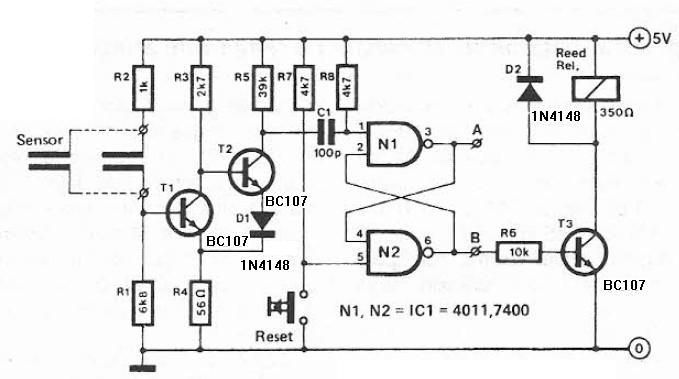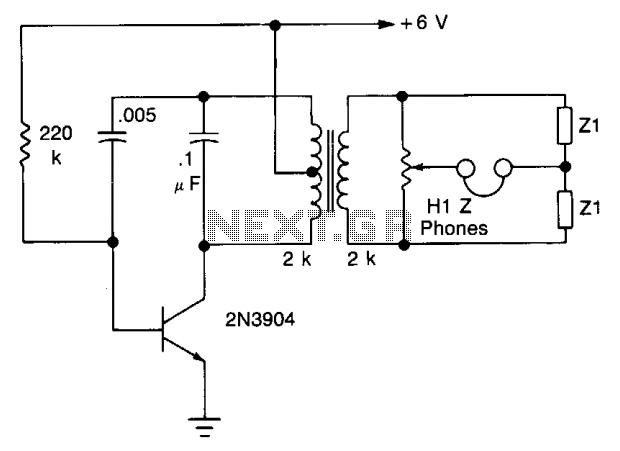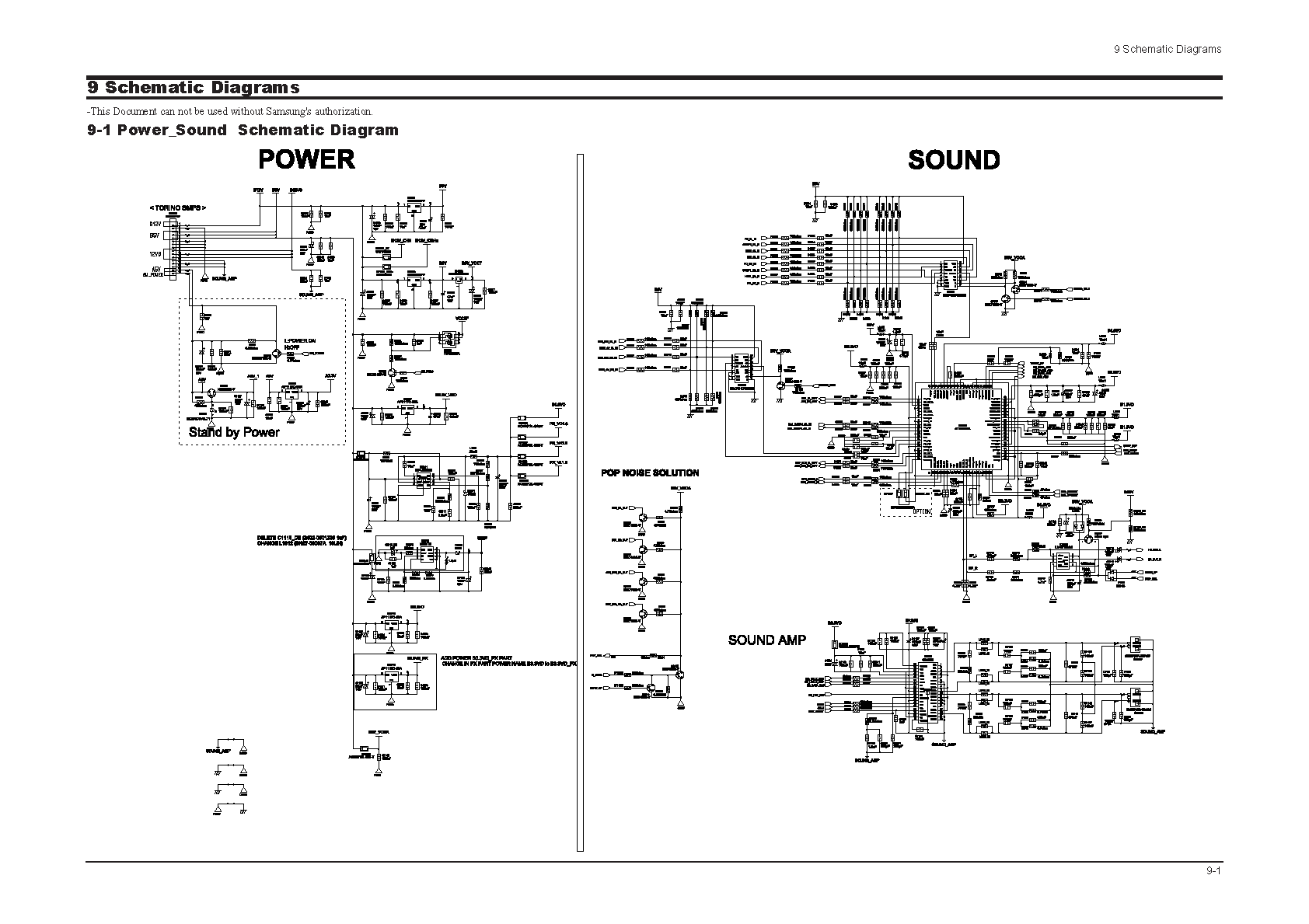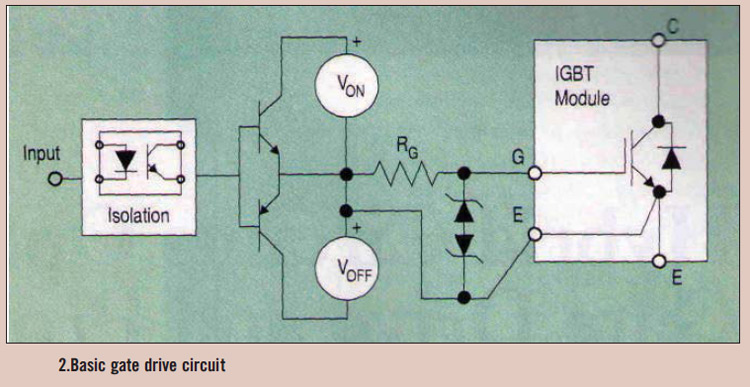
Circuit operation explanation of astable multivibrator
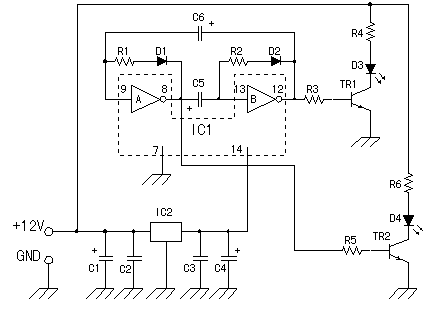
The circuit does not fail under slight variations, even if the input/output electric current characteristics are exceeded. Failure occurs only during a short circuit or extreme conditions at the output. The operation of the circuit is explained as follows: the input at pin 9 of inverter A is initially at a low level. Consequently, the output at pin 8 of inverter A transitions to a high level. Initially, the state of inverter B is undefined, but since the output of inverter B does not reach a full high level, the aforementioned electric current flows. As electric charge accumulates in capacitor C5, it behaves similarly to a short circuit condition, causing the input of inverter B to transition to a high level. This results in the output of inverter B becoming low, thereby completing the electric current path. As charge builds in C5, the electric current decreases, which in turn lowers the input voltage of inverter B, approaching the threshold voltage (VT). When the output of inverter B is low (approximately 0V), the electric current continues to flow through resistor R2 and diode D2, bringing the input voltage of inverter B to the threshold voltage. The output of inverter B feeds back to its input through R2 in the absence of D2. This process repeats, with the input of inverter B oscillating between high and low levels. The high output from inverter B raises the input of inverter A to a high level via capacitor C6. As a result, electric current flows from the output of inverter B. When the input of inverter A reaches a high level, the output of inverter A transitions to low. The positive charge stored at the output of inverter A is already present in C5. With the output of inverter A at low (0V), the voltage at the input of inverter B begins from a negative potential. As charge builds in C6, the electric current decreases, lowering the input voltage of inverter A. When the input voltage of inverter A reaches the threshold voltage, its output becomes high. Initially, the state of the inverter is undetermined, as the characteristics of each inverter differ. The output of either inverter may transition to high first, establishing a stable condition. In an ideal inverter circuit, it could be theorized that oscillation does not occur; however, in practice, oscillation does happen repeatedly. If discharging is not possible, the input voltage of the inverter will quickly reach the threshold voltage in the next cycle, shortening the oscillation period or halting it altogether. Despite increasing the capacitor value to extend the oscillation period, if discharge is insufficient, the period may still become longer. An attempt was made to operate the circuit using a 74HC04. Initially, it seemed to function normally, but both LEDs illuminated simultaneously after a short while, indicating abnormal operation. The change in electric current when voltage (V) is applied to a circuit with a series connection of capacitor (C) and resistor (R) can be described by the following formula.
The circuit employs a feedback mechanism utilizing two inverters, specifically the 74HC04, to create a self-oscillating configuration. In this arrangement, inverter A and inverter B are interconnected, allowing for the dynamic control of their states based on the charge and discharge cycles of capacitors C5 and C6. The feedback loop formed by resistor R2 and diode D2 ensures that the output of inverter B influences its input, thereby enabling oscillation.
The timing of the oscillation is primarily determined by the capacitance values of C5 and C6 and the resistance value of R2. The charge time and discharge time of the capacitors dictate the frequency of oscillation. The threshold voltage (VT) of the inverters is crucial as it sets the levels at which the inverters switch states. If the input voltage falls below VT, the inverter output will transition low, while exceeding VT will result in a high output.
In practical applications, the circuit is sensitive to component tolerances and variations in supply voltage, which can affect the oscillation frequency and stability. The behavior observed with the 74HC04, where both LEDs lit simultaneously, suggests that the circuit may not have achieved a stable oscillating state, possibly due to improper biasing or component values not being optimized for the desired frequency.
To analyze the circuit further, the relationship between voltage, current, and the time constants associated with the RC circuit can be expressed mathematically. The electric current (I) through the resistor can be calculated using Ohm's law, while the voltage across the capacitor can be described by the formula \( V(t) = V_0(1 - e^{-t/RC}) \), where \( V_0 \) is the initial voltage, \( R \) is the resistance, \( C \) is the capacitance, and \( t \) is time. This mathematical framework aids in understanding the transient response of the circuit and optimizing component selection for desired operational characteristics.It doesn`t break if being little even if it crosses the value of the input/output electric current characteristic. It breaks when short-circuiting and doing the extreme thing in the output. It is explained by the following circuit operation but because the input electric current must flow little at the circuit this time, 74HC04 can not be used.
First, I assume that the input (the 9th pin) of the inverter A is the low level. At this time, the output (the 8th pin) of the inverter A becomes high level. At first, the condition of the inverter B is unsettled but because the output of the inverter B is not totally in the high level condition, above-mentioned electric current flows. When the electric charge begins to store up in C5, C5 can be seen like the short circuit condition. Because it is, the input of the inverter B becomes the high level condition. The output of the inverter B becomes the low level and above-mentioned electric current route is totally formed by this operation.
When the electric charge is stored up in C5, the electric current decreases. Input voltage of the inverter B, too, goes down with it and approaches the threshold voltage of the inverter B. Because the output of the inverter B is the low level (being 0V almost), the electric current alwayses fall through more through R2, D2 and the input voltage of the inverter B becomes the threshold voltage (VT).
The output of the inverter B is conveyed to the input of the inverter B through R2 when there is not D2. Then, it repeats the operation that the input of the inverter B becomes high level again and that the output becomes the low level and the inverter B has worked in the oscillation.
The high level output of the inverter B makes the input of the inverter A the high level condition through C6. At this time, the electric current flows with the inverter B output When the input of the inverter A becomes the high level condition, the output of the inverter A becomes the low level.
The electric charge that the side of the output of the inverter A is positive already is stored up in C5. Because the output of the inverter A becomes the low level (0V) in the condition, the voltage on the side of the input of the inverter B starts from the negative potential.
When the electric charge is stored up in C6, the electric current decreases and input voltage of the inverter A goes down. When the input voltage of the inverter A becomes the threshold voltage, the output of the inverter A becomes high level.
When turning on, the condition of the inverter isn`t decided. Each inverter characteristic isn`t the same. The output of either the inverter becomes high level earlier and it fixes the condition. When there is an ideal inverter circuit, it is possible to think of repeat`s not being worked, too. However, actually, there is not such one and it works repeatedly. When it isn`t possible to do this discharge, at the next period, because the electric charge starts from the stored condition, the input voltage of the invertor becomes the threshold voltage immediately. That is, the period of the repeat becomes short or the repeat isn`t done. The period doesn`t sometimes become long without discharge`s being sufficiently done even if it makes the value of the capacitor big to make the repeat period long, too.
Indeed, I attempted to work the circuit using 74HC04. At first, seemingly, it did the normal operation, but both LEDs lit up at the same time and didn`t do the normal operation in case of being for a while. The electric current change when the voltage (V) is applied to the circuit which the capacitor (C) and the resistor (R) were connected with in series can be demanded by the following formula.
🔗 External reference
The circuit employs a feedback mechanism utilizing two inverters, specifically the 74HC04, to create a self-oscillating configuration. In this arrangement, inverter A and inverter B are interconnected, allowing for the dynamic control of their states based on the charge and discharge cycles of capacitors C5 and C6. The feedback loop formed by resistor R2 and diode D2 ensures that the output of inverter B influences its input, thereby enabling oscillation.
The timing of the oscillation is primarily determined by the capacitance values of C5 and C6 and the resistance value of R2. The charge time and discharge time of the capacitors dictate the frequency of oscillation. The threshold voltage (VT) of the inverters is crucial as it sets the levels at which the inverters switch states. If the input voltage falls below VT, the inverter output will transition low, while exceeding VT will result in a high output.
In practical applications, the circuit is sensitive to component tolerances and variations in supply voltage, which can affect the oscillation frequency and stability. The behavior observed with the 74HC04, where both LEDs lit simultaneously, suggests that the circuit may not have achieved a stable oscillating state, possibly due to improper biasing or component values not being optimized for the desired frequency.
To analyze the circuit further, the relationship between voltage, current, and the time constants associated with the RC circuit can be expressed mathematically. The electric current (I) through the resistor can be calculated using Ohm's law, while the voltage across the capacitor can be described by the formula \( V(t) = V_0(1 - e^{-t/RC}) \), where \( V_0 \) is the initial voltage, \( R \) is the resistance, \( C \) is the capacitance, and \( t \) is time. This mathematical framework aids in understanding the transient response of the circuit and optimizing component selection for desired operational characteristics.It doesn`t break if being little even if it crosses the value of the input/output electric current characteristic. It breaks when short-circuiting and doing the extreme thing in the output. It is explained by the following circuit operation but because the input electric current must flow little at the circuit this time, 74HC04 can not be used.
First, I assume that the input (the 9th pin) of the inverter A is the low level. At this time, the output (the 8th pin) of the inverter A becomes high level. At first, the condition of the inverter B is unsettled but because the output of the inverter B is not totally in the high level condition, above-mentioned electric current flows. When the electric charge begins to store up in C5, C5 can be seen like the short circuit condition. Because it is, the input of the inverter B becomes the high level condition. The output of the inverter B becomes the low level and above-mentioned electric current route is totally formed by this operation.
When the electric charge is stored up in C5, the electric current decreases. Input voltage of the inverter B, too, goes down with it and approaches the threshold voltage of the inverter B. Because the output of the inverter B is the low level (being 0V almost), the electric current alwayses fall through more through R2, D2 and the input voltage of the inverter B becomes the threshold voltage (VT).
The output of the inverter B is conveyed to the input of the inverter B through R2 when there is not D2. Then, it repeats the operation that the input of the inverter B becomes high level again and that the output becomes the low level and the inverter B has worked in the oscillation.
The high level output of the inverter B makes the input of the inverter A the high level condition through C6. At this time, the electric current flows with the inverter B output When the input of the inverter A becomes the high level condition, the output of the inverter A becomes the low level.
The electric charge that the side of the output of the inverter A is positive already is stored up in C5. Because the output of the inverter A becomes the low level (0V) in the condition, the voltage on the side of the input of the inverter B starts from the negative potential.
When the electric charge is stored up in C6, the electric current decreases and input voltage of the inverter A goes down. When the input voltage of the inverter A becomes the threshold voltage, the output of the inverter A becomes high level.
When turning on, the condition of the inverter isn`t decided. Each inverter characteristic isn`t the same. The output of either the inverter becomes high level earlier and it fixes the condition. When there is an ideal inverter circuit, it is possible to think of repeat`s not being worked, too. However, actually, there is not such one and it works repeatedly. When it isn`t possible to do this discharge, at the next period, because the electric charge starts from the stored condition, the input voltage of the invertor becomes the threshold voltage immediately. That is, the period of the repeat becomes short or the repeat isn`t done. The period doesn`t sometimes become long without discharge`s being sufficiently done even if it makes the value of the capacitor big to make the repeat period long, too.
Indeed, I attempted to work the circuit using 74HC04. At first, seemingly, it did the normal operation, but both LEDs lit up at the same time and didn`t do the normal operation in case of being for a while. The electric current change when the voltage (V) is applied to the circuit which the capacitor (C) and the resistor (R) were connected with in series can be demanded by the following formula.
🔗 External reference

